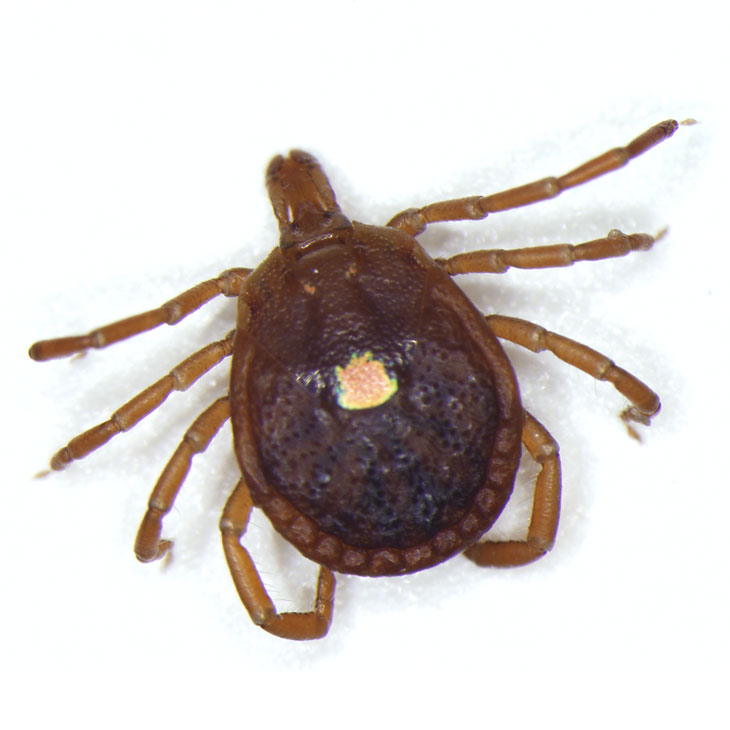
Sharing science through ticks
Monday, August 19, 2019
Thanks to a nearly $4 million grant from the Established Program to Stimulate Competitive Research (EPSCoR), researchers from several universities including Oklahoma State University will collaborate on a major research project to better understand tick-borne diseases, how they are acquired, where high-risk areas exist, and how to best subdue these diseases in the Great Plains, specifically in Oklahoma and Kansas. The vast scope of the project provides opportunities for scientists, graduate students and undergraduate students to be actively involved. The study even opens the door for citizen scientists and public health officials to have better access to information on ticks and disease risks that are personally and immediately relevant.
Leading the Oklahoma State University contingent is Susan Little, DVM, PhD, DACVM (Parasit.), Regents Professor, and Krull-Ewing Professor at OSU’s veterinary college.
“Tick-borne diseases such as Rocky Mountain spotted fever, ehrlichiosis, and even viral tick-borne agents are an increasing public health concern worldwide and in particular in the Great Plains,” said Little. “In collaboration with the University of Kansas, Kansas State University, Pittsburg (Kansas) State University, OSU, the University of Oklahoma, and the University of Central Oklahoma, we will embark on a highly interdisciplinary, integrated, data-intensive effort to answer these questions as they pertain to Oklahoma and Kansas.”
Researchers aim to assess and predict transmission of major tick-borne pathogens and create and test automated identification tools.
“We will assemble detailed, large-scale datasets on the occurrences of different tick species, disease agents, and environmental variables across the region,” continued Little. “In addition, we will use new artificial-intelligence tools that allow rapid and accurate tick identification by non-experts. It’s exciting that people who live in these areas will be able to contribute to the scientific knowledge. The project includes a series of workshops and courses as well as online data resources.”
Another important aspect of the project is the opportunity to involve a number of undergraduate and graduate students who can learn about and explore futures in areas of science.
“Project students will be recruited as broadly as possible, with a particular focus on individuals that are not well-represented in science, including minorities, women, and those from families without a tradition of university-level education,” said Little. “Junior members of the project team (younger faculty, postdocs, and students) will be mentored and guided by more senior individuals to maximize the probability of successful advancement in the field.”
Little goes on to say that an advisory board with broad and international expertise, as well as state-level public health policy experience, will guide the project team. Project outcomes include online, interactive maps of tick-borne disease risk and online tools for identification of tick photographs taken by the general public.
“Knowing the risk of transmission of tick-borne diseases, where the ticks are most concentrated, and which species are present will help people and public health officials make more informed decisions about how they protect themselves and their animals,” concluded Little. “Here at Oklahoma State University we are delighted to be involved in this EPSCoR sponsored research project. The results are far-reaching and can benefit so many people and animals.”
For more information on tick-related research by Dr. Little’s team at OSU, visit the Krull-Ewing Lab.
MEDIA CONTACT: Taylor Bacon | Public Relations and Marketing Coordinator | 405-744-6728 | taylor.bacon@okstate.edu
